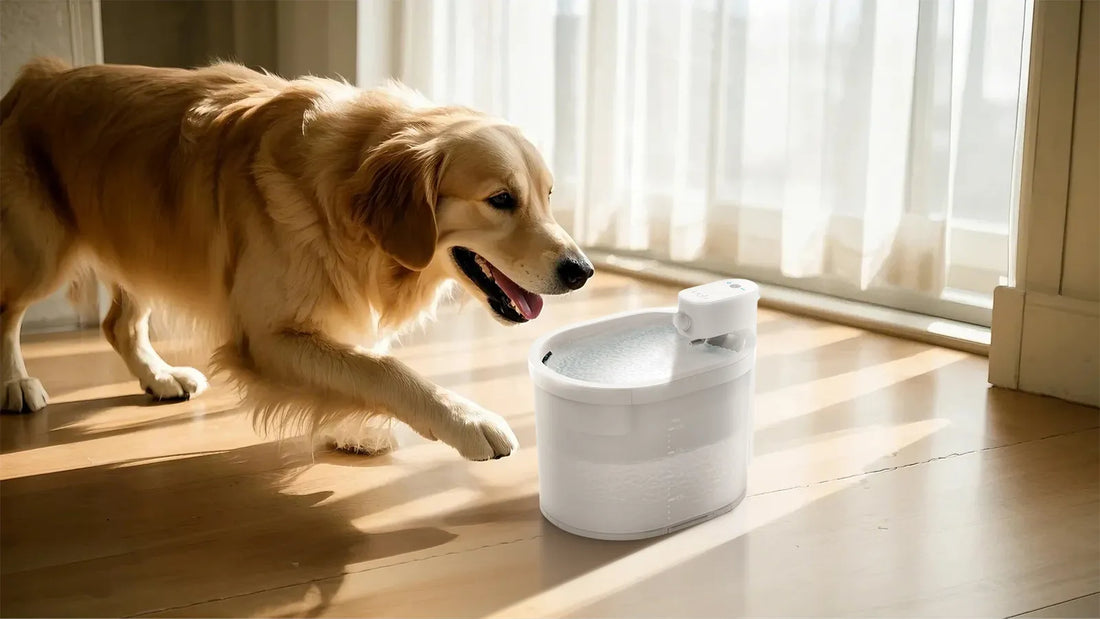Have you ever noticed a strange pink slime in your dog's bowl and wondered what it is? This unsettling substance is more common than you might think, and understanding its origins is crucial for your pet's health. In this article, we'll explore what pink slime is, why it forms, and how you can prevent it from appearing in your dog's bowl.
What Is Pink Slime in Dog Bowls?
Pink slime is a biofilm that forms in moist environments, such as pet water bowls. It is typically caused by the growth of bacteria, yeast, or mold. The pink color comes from a specific type of bacteria called Serratia marcescens, which thrives in damp conditions. While it may look harmless, pink slime can pose health risks to your dog if left unchecked.
Why Does Pink Slime Form?
Several factors contribute to the formation of pink slime in dog bowls. One of the primary causes is stagnant water. When water sits in a bowl for extended periods, it becomes a breeding ground for microorganisms. Additionally, organic matter, such as food particles or saliva, can accelerate bacterial growth. Environmental factors, like warm temperatures and humidity, also play a role in creating the perfect conditions for pink slime to develop.
Health Risks Associated with Pink Slime
While pink slime may not always cause immediate harm, it can lead to health issues for your dog over time. Ingesting contaminated water can result in gastrointestinal problems, such as vomiting or diarrhea. In more severe cases, exposure to harmful bacteria can lead to infections or other illnesses. Puppies, senior dogs, and those with weakened immune systems are particularly vulnerable.
How to Prevent Pink Slime in Dog Bowls
Preventing pink slime requires consistent maintenance and proper hygiene. Here are some practical tips to keep your dog's bowl clean and safe:
- Clean the Bowl Daily: Wash your dog's bowl with hot, soapy water every day to remove any residue or bacteria.
- Use Stainless Steel or Ceramic Bowls: These materials are less porous than plastic, making them harder for bacteria to cling to.
- Change the Water Frequently: Replace your dog's water at least once a day to prevent stagnation.
- Add a Few Drops of Vinegar: A small amount of vinegar can help inhibit bacterial growth without harming your pet.
- Store Bowls Properly: Keep your dog's bowl in a cool, dry place when not in use to reduce moisture buildup.
Natural Remedies to Combat Pink Slime
If you're looking for natural ways to tackle pink slime, consider these eco-friendly solutions:
- Baking Soda: Scrubbing the bowl with baking soda can help remove stubborn residue and neutralize odors.
- Lemon Juice: The acidity of lemon juice can effectively kill bacteria and leave the bowl smelling fresh.
- Essential Oils: Certain oils, like tea tree or lavender, have antibacterial properties and can be used in small amounts to clean the bowl.
When to Seek Professional Help
If pink slime persists despite your best efforts, it may be time to consult a veterinarian. They can assess your dog's health and recommend specialized cleaning products or treatments. Additionally, if your dog shows signs of illness after exposure to pink slime, seek immediate veterinary care.
Pink slime in your dog's bowl is more than just an eyesore—it's a potential health hazard. By understanding its causes and taking proactive steps to prevent it, you can ensure your furry friend stays happy and healthy. Don't let this pesky problem go unnoticed; start implementing these tips today to keep your dog's bowl clean and safe!













